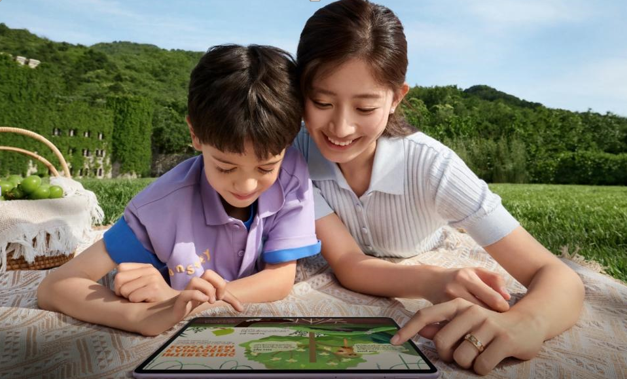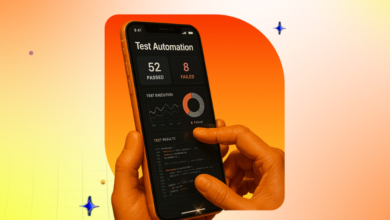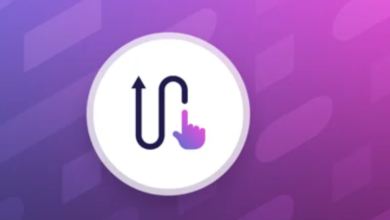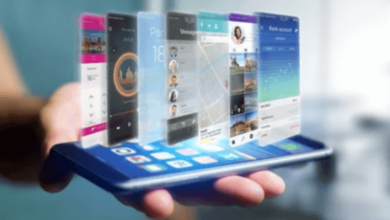Tablet Buying Guide for First-Time Users

Buying your first tablet can be overwhelming due to the many models and features available. Start by considering your needs: entertainment like movies and reading, or productivity tasks like note-taking. Tablets bridge smartphones and laptops with portability, larger screens, and longer battery life. This guide covers key features, mistakes to avoid, and tips to help you choose the right one.
Tablet Basics: Key Features Explained
For first-time buyers, tablet specifications can look like a confusing mix of numbers and abbreviations. At its core, a tablet’s usefulness depends on its display, performance, storage, and battery life. The display size determines portability and comfort; smaller tablets are easier to carry, while larger screens are better for movies and documents. Performance relies on the processor and memory, which affect whether the tablet can multitask smoothly without freezing. Storage is also important because photos, apps, and videos quickly fill up space, and running out of storage can be frustrating. Battery life plays a big role if you plan to use your tablet outside, such as during a flight or at school. Other basic features include camera quality, stylus support for note-taking, and Wi-Fi or cellular connectivity for browsing on the move.
How Much Should You Spend? Budget Breakdown
Budget is often the biggest question for first-time tablet buyers. It is easy to assume that more expensive automatically means better, but that is not always true. Entry-level tablets are usually sufficient for simple tasks like web browsing, online shopping, or video calls with family. Mid-range tablets strike a balance between performance and affordability, making them suitable for students who need a reliable device for both study and entertainment. High-end tablets are best for professionals who want advanced features such as powerful stylus input, higher refresh rate displays, or extended multitasking. Before spending, think about how often you will use the tablet and whether you need premium features.
Best Starter Tablets for Different Users
Best for Students: Affordable All-Rounders
Students need a tablet that can balance affordability with reliable performance. Everyday activities like taking lecture notes, watching educational videos, reading e-textbooks, and participating in online classes demand a device that is both lightweight and functional. An affordable all-rounder ensures you do not need to carry heavy laptops everywhere while still getting the tools you need. Long battery life is especially valuable for busy schedules, since running out of power during a lecture or study session can be disruptive. Storage space also matters, as study materials, presentations, and apps can take up more room than expected.

Best for Seniors: Simple and Easy to Use
Seniors often value simplicity over complex features when it comes to technology. For them, a good starter tablet should be straightforward to set up and easy to navigate. Large, clear displays make reading news, viewing photos, and joining video calls with family more comfortable. A responsive touchscreen ensures they do not struggle with missed taps or slow reactions, which can be discouraging for new users. Battery life is also important, as charging too frequently can be inconvenient. Accessibility features such as adjustable font sizes, screen magnifiers, and voice assistants make a big difference in day-to-day use. A tablet designed with user-friendliness in mind allows seniors to enjoy staying connected without feeling intimidated by technology.
See also: A Complete Guide to Intrinsically Safe Radios and Communication Technology
Must-Check Specs Before Buying
Even if you are a beginner, paying attention to a few essential specifications will save you from regret later. Screen size is one of the first choices, with smaller tablets being easier to carry but larger screens offering better comfort for reading or watching videos. Resolution should not be ignored, as a sharper display reduces eye strain and makes text clearer. Storage is another key factor—16GB may sound like enough, but once apps, updates, and photos pile up, space runs out quickly. Performance, measured through the processor and RAM, ensures apps run smoothly without frequent freezing. Battery life should match your daily habits, whether you plan to use the tablet mostly at home or while traveling. However, camera quality is less important for most people but can matter for video calls with friends or colleagues.
Common First-Time Buyer Mistakes to Avoid
New buyers often make avoidable mistakes that lead to disappointment later. One of the most common is choosing the cheapest tablet available without checking performance or storage, which usually results in frustration after only a few months of use. Another mistake is ignoring software updates and support, which can shorten the device’s lifespan and limit available apps. Some people also buy tablets that are either too big or too small for their needs, only realizing after purchase that they are uncomfortable to use daily. Forgetting to factor in accessories like protective cases, styluses, or keyboards can also increase the overall cost unexpectedly. Impulse buying during sales without understanding what the tablet offers is another common regret.
Setting Up Your First Tablet: Quick Start Tips
Once you bring your first tablet home, setting it up correctly makes the experience smoother. Begin by charging it fully so you can use it without interruptions. Connecting to Wi-Fi is usually the first step, followed by logging into your account to sync contacts, emails, and apps. Adjusting settings like font size, brightness, and eye comfort mode makes the tablet easier on your eyes from the beginning. Installing essential apps for your daily routine—whether that means reading apps, note-taking tools, or video call platforms—helps personalize your device quickly. Adding a protective case and screen protector keeps it safe from accidental drops or scratches, which are common for new users.
Conclusion
Buying your first tablet does not need to be complicated. By focusing on your personal needs, learning the basics of key features, and setting a realistic budget, you can find a device that feels like it was made for you. Remember to check essential specs such as display quality, storage, performance, and battery life before making a decision. Avoiding common mistakes like impulse buying or ignoring long-term software support will also save you frustration. Among the many choices available, the huawei matepad 11.5 new is worth noting because its functions are impressively comprehensive, covering entertainment, productivity, and ease of use. With thoughtful preparation and careful selection, your first tablet will not only meet your expectations but also become an enjoyable part of your daily life for years to come.





